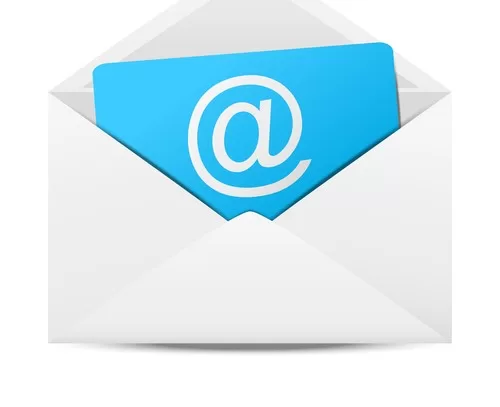
Email marketing remains one of the most effective ways to communicate with your audience. It is still the preferred method of communication for the majority of higher education students and has consistently been shown to have the highest return on investment of any marketing channel — making it a vital part of any online strategy and a great way to increase alumni engagement.
To learn more about email marketing, you can download our recent whitepaper here:
Alumni engagement is a relatively subjective term that can often be hard to measure, and some of the go-to metrics used by university email marketers are actually less helpful than you’d think. Here are a few metrics you could stand to ignore, and a few alternatives that can help you better assess alumni engagement in your email marketing campaigns.
1 – Total size of your email marketing list
Building a good-sized alumni email list will need to be your first step when beginning any alumni engagement strategy. But as with so many things in life, it’s really about quality, not quantity. A long list of email addresses in no way equates to a long list of engaged alumni, especially if many of them are incorrect or undeliverable. Therefore it’s important to cleanse and update your email lists regularly to make sure that you’re managing your “list-rot”. Nearly all email addresses get old, terminated or forgotten in time — in fact, the average age of an email address is just 18 months. So make sure you track the date that the email address was obtained and keep an eye on the activity of your older addresses.
Segment your email list to separate out the unengaged addresses when they haven’t opened a consecutive number of emails. You can choose to either delete the email addresses or market to them separately — possibly on a less frequent basis — with encouragement and incentives to get them engaged again.
However, the main focus of your email marketing efforts should be on your more engaged list — the size of which is the metric you should be more focused on, rather than your overall alumni database. If your institution delivers emails to less than a third of your alumni, it might be worth investing in updating your database.
2 – Email open rate
Email open rates can be a deceiving metric, appearing to show how many people took the time and made the effort to open and read your email. This may not always be the case, as the results will be significantly affected by which email provider your alumni use. For instance, when your alumni use Outlook, it automatically prevents any images from downloading — reporting the email as not being opened even though your alumni may have read it thoroughly. Another potential issue is the preview panel on some email systems. Alumni may read the email in preview mode, and as such it is not recorded as being opened.
A much more valuable metric will be your email click-through rates and your conversion rates. These will show you how many of your alumni email recipients are engaging with your email content by clicking on your links or taking the required action, such as signing up, donating or joining. This reflects the relevance of your email content, the level of alumni engagement, and the overall effectiveness of your email campaigns.
3 – Unsubscribes
While unsubscribes can be painful at first, they don’t necessarily mean that alumni are rejecting you or your university. They may be receiving too many emails from you, not have time to read all their emails, or for any number of reasons not currently be engaging with your university. At the same time, many unengaged alumni won’t make the effort to unsubscribe, due to infrequent access to the account, spam filters or simple laziness.
Consider your unsubscribes as being good for your overall alumni engagement. It means that you won’t be wasting time contacting those alumni who aren’t interested in engaging with you, thus giving you a more accurate picture of your alumni network. However, if you see a sudden spike in your unsubscribe rates — anything above 0.5% per email — then you may have a problem with the content you are sharing with your alumni network.
A better indication of alumni engagement is to compare your unsubscribe rate with your click rate. If more alumni actively disengage than engage — in other words more click the unsubscribe link than any other — you may need to improve the quality of your content, as well as the quality of your email list. Or both.
To learn more about Using Email Marketing for Student Recruitment, you can download our latest whitepaper for free from the resources section.



